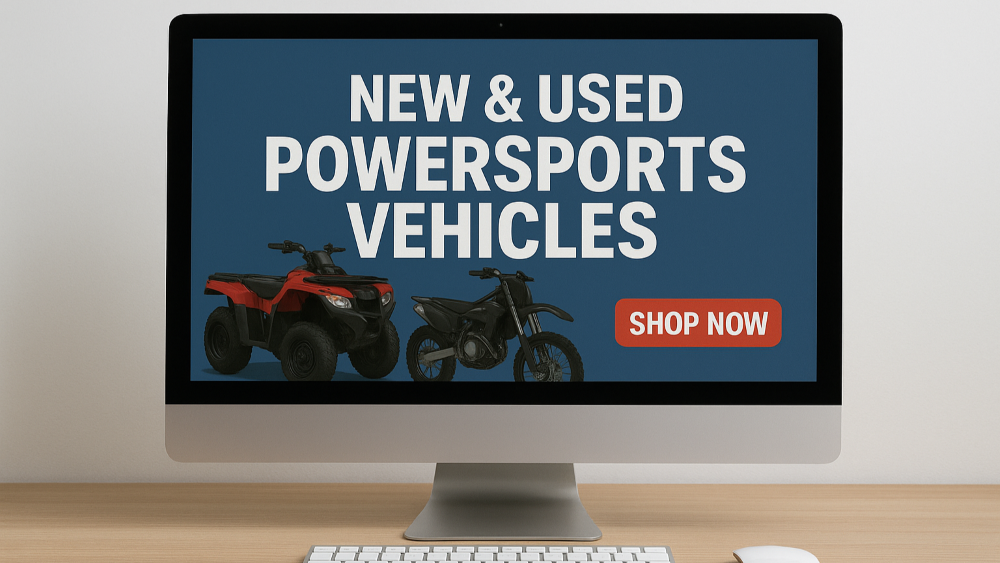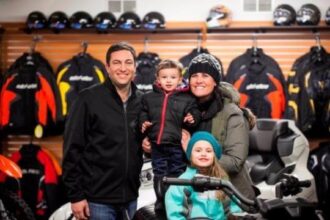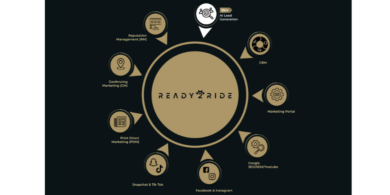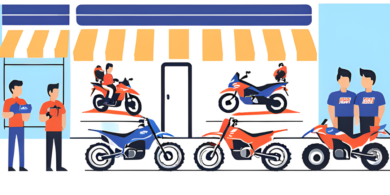Making the most of your OEM co-op program
This article was written by Jacob Berry and first appeared in the August issue of Powersports Business.
Let’s be honest—co-op advertising isn’t exactly the most exciting part of running a dealership. Between managing staff, chasing leads, and keeping the service department humming, it’s easy to push it down the priority list. But here’s the truth: most dealers are leaving thousands of dollars on the table every year by not fully using their co-op funds.
These are real dollars you’ve already earned—just waiting to be claimed. And once you understand how to navigate your OEM’s program, it gets a lot easier to put that money to work.
So, what exactly is co-op?
Think of co-op as your OEM helping you advertise their products. Every time you sell a unit, you earn credit that can be used to market that brand—whether it’s online, in your showroom, or in your community. The rules vary by manufacturer. Yamaha typically bases funds on last year’s sales; Polaris works on a six-month cycle tied to current orders, and Harley-Davidson recently launched a marketing development fund (MDF) that even includes support for used inventory. The programs aren’t always simple—but they’re absolutely worth figuring out.
It’s not just about traditional ads anymore
A lot of dealers assume co-op only covers standard advertising like print ads or maybe a radio spot. But in reality, many OEMs now allow a wide range of marketing tactics. We’re talking about Facebook and Google ads, classified listings on sites like MotoHunt.com, postcards and mailers, influencer campaigns, YouTube pre-roll, even SEO work or showroom display graphics.
Event marketing is often eligible too. That includes signage, branded booths, food for guests—sometimes even photos and video from the event, as long as you include the proper branding and submit the right documentation. One dealer lost more than $13,000 in co-op funds simply because they didn’t have the required photos from an event. That’s an expensive oversight.
Watch out for the traps
Co-op can be a goldmine, but it comes with strings. If you don’t know your available balance, if you submit after the deadline, or if you forget to include required trademarks—like “Ninja” or “Mule” for Kawasaki—your claim could get denied. The same goes for using a non-approved print vendor or skipping pre-approvals when they’re required. The small stuff matters, and every OEM plays by its own set of rules.
So how do you keep it all straight?
Start by getting organized. Most successful dealers track their co-op balances in a simple spreadsheet that includes expiration dates and what needs to be approved in advance. Before planning your next campaign, log into your OEM portals to see what you’ve got to work with. Then build your marketing strategy around those funds.
Make sure someone on your team owns this process. Whether it’s your in-house marketing coordinator or an outside agency, someone needs to stay on top of monthly submissions, deadlines, and documentation. The smoother your system, the easier it is to get reimbursed.
And don’t forget—OEM graphics often come with higher reimbursement rates. If you use their approved creative, you could get 70% or more of your ad spend back. It’s worth mixing in their assets when it makes sense, especially if you’re running budget-conscious campaigns.
One last tip: Used bikes count, too
Harley-Davidson is one of the few OEMs that offers co-op reimbursement on used inventory. That includes social ads, mailers, and even digital listings for pre-owned Harleys. It’s a great way for Harley dealers to stretch their marketing budget further and stand out from other stores selling the same bikes without OEM support.
Bottom line?
Co-op dollars are part of your OEM relationship. You’ve already earned them. But they only become real, spendable money when you actually claim them.

So next time you’re planning a campaign, don’t just ask what you want to promote—ask how you can use co-op to fund it. A little planning can go a long way toward turning manufacturer support into measurable results.
This article was adapted from a conversation with dealership marketing strategist Sarah M. Brown on the Dealership fiXit Podcast.








